There has been an ongoing debate for many years over the tiny arms of the Tyrannosaurus Rex. It is commonly thought that those arms were used to grasp prey so T. Rex could put their massive jaws to their intended use. Or perhaps they were simply a remnant of an evolutionary process that deemed them extraneous. A more interesting theory posits the arms as stabilizers during dino procreation. It is with similar curiosity that I ponder the miniature hands of the otherwise proud Seiko* SNE329.
The Seiko SNE329* is a solar powered field watch that wears surprisingly well in spite of its generous proportions. With no chapter ring to speak of, the dial stretches out over some expansive real estate. At first glance, the most striking feature is the super-sized, stenciled fonts that form the 3, 6, 9 and 12 Arabic numerals on the dial. For me, this watch is a curious concoction of unresolved design elements that somehow work. Except for the hands. More about those in a moment.
The Case
The 43mm stainless steel case is attractive if a bit unremarkable. The sides are polished while the top of the lugs and bezel are nicely brushed. The bezel is a curious affair with a coin edge and black triangular marker at 12 o’clock that, visually, tricks me into thinking that the bezel should rotate (except it doesn’t and why would it? There are no other bezel markings to measure things like elapsed time, compass points, etc.).
The lugs are drilled to facilitate strap changes and you can accomplish this with a strap-changing tool or, in a pinch, a small paper clip. Lug-to-lug length measures 51mm and overall thickness is 11mm to the top of the flat crystal. The crystal is Seiko’s proprietary Hardlex, which is less scratch resistant than sapphire but is said to be more flexible and, therefore, less prone to shattering upon impact. The unsigned crown adjusts the day and date functions at position two and stops the movement at position three to synchronize the time.
Dial and Hands
The dial of the SNE329 has a pleasing blue sunray finish with an applied Seiko logo below the 12 o’clock position. The only other dial markings are at 6 o’clock and describe the movement type (Solar) along with water resistance (100 meters). The day/date window is cleverly positioned in a way that nestles right in between the upper and lower lines of the numeral 3. Speaking of numerals, one thing you are sure to notice are those giant, stenciled Arabic numerals. They have a high gloss white finish and are anything but subtle.
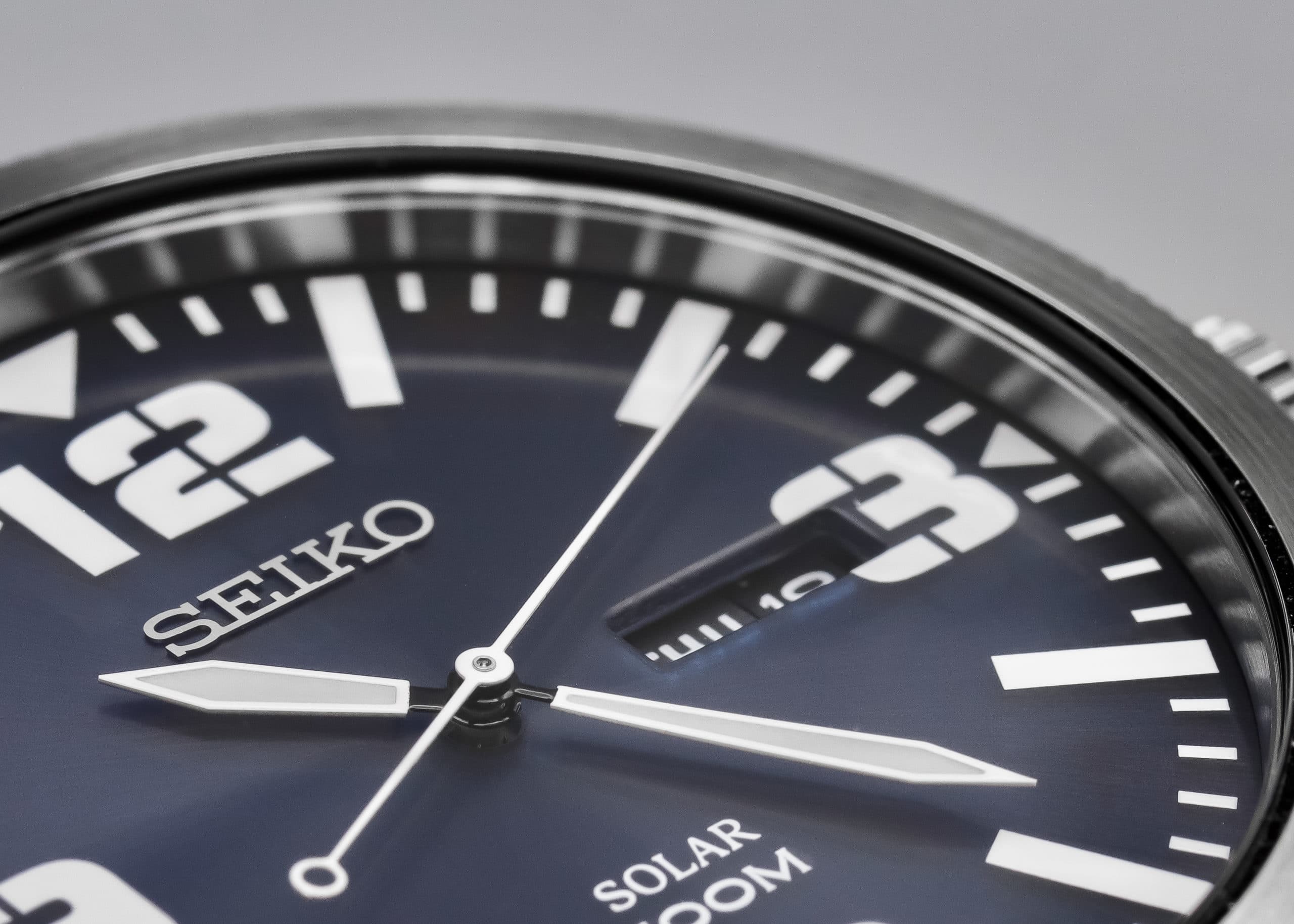
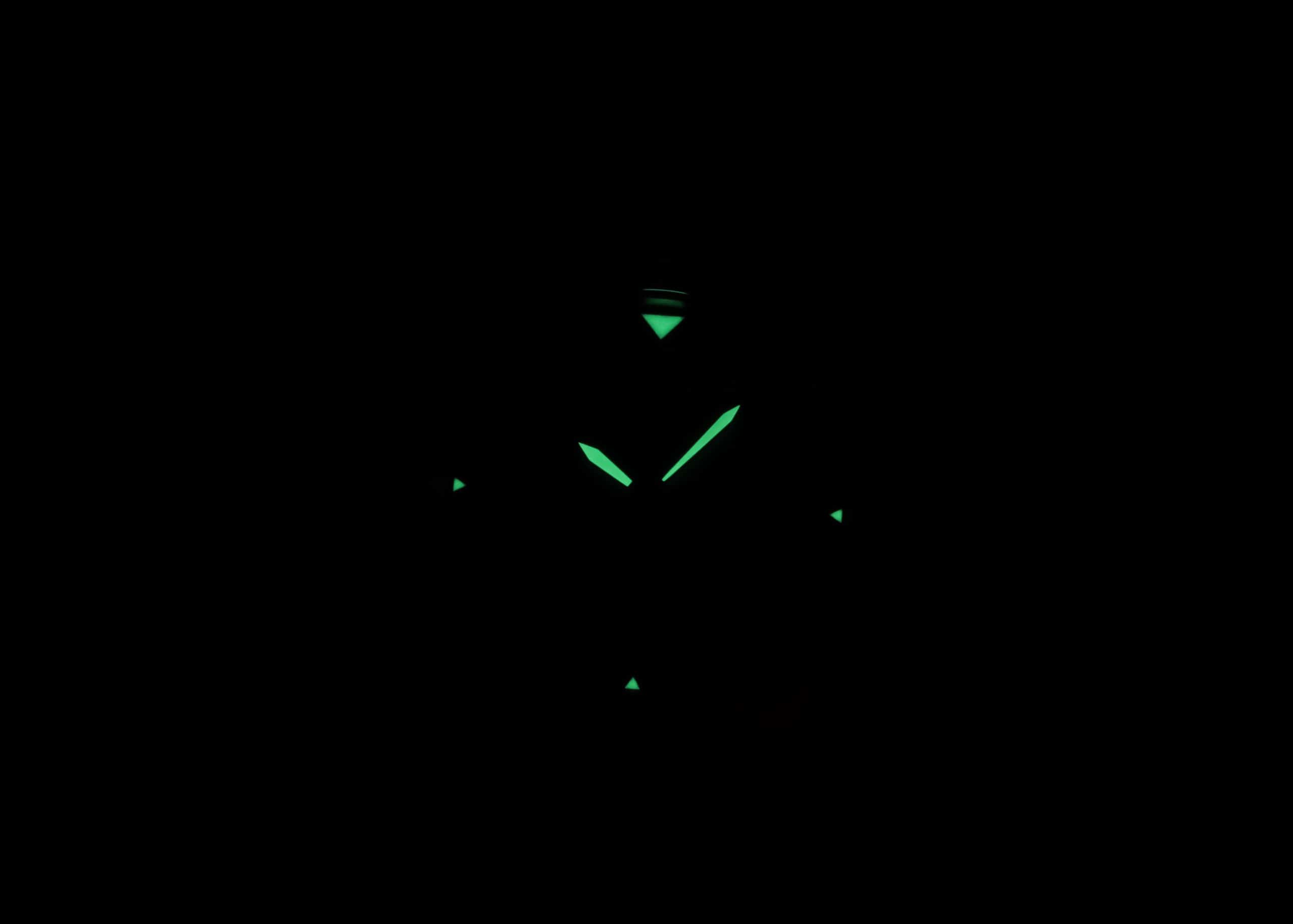
The Movement
This Seiko features the brand’s V158 movement that uses the vibrations of a quartz crystal to drive the gear train. Power for the quartz crystal is supplied by a rechargeable battery that is constantly being charged when exposed to natural or artificial light. That light is gathered by photovoltaic cells underneath the dial (think of those cells as miniature solar panels). This particular movement will keep the watch running for approximately 10 months when fully charged. A full charge can be achieved in as little as 9 hours in sunlight but may take several days in cloudy weather or an indoor environment.
The SNE329 that I reviewed was extremely accurate. Over a 16 day period, the watch gained an average of +0.1 seconds per day. Seiko specs indicate that this movement will retain its accuracy right up to the point of energy depletion. Like many quartz watches, the second hand will warn you about a low battery by moving at two-second intervals. This is unlikely to happen with a solar watch unless you leave it in a drawer for an extended period of time. If that happens, just expose the watch to a light source and it will reanimate.
The Strap
The SNE arrived with a very comfortable blue nylon strap lined with leather. The edges are nicely welded, there is no fraying and the holes are reinforced on the topside with a small strip of leather. The stainless steel buckle is very wide and doesn’t look right with this strap. It’s also about 1mm wider than the 22mm strap width so it slides around a bit. I found the perfect replacement buckle at archerwatchstraps.com so problem solved.
Final Thoughts
I credit this watch with altering my assumptions about ideal field watch size. White I still think that ideal field watch size is in the 38-40mm range for me, somehow this 43mm watch looks and feels just right on my 6.5 inch wrist. The blue sunray dial is really attractive, the applied Seiko logo is classy and (other than the buckle) the strap is just about perfect.
On the downside, the black marker on the bezel is pointless and can’t be removed because instead of just painting it on they milled out a small triangle and filled it with glossy paint. It’s also misaligned with the white dial marker, which I find really annoying. Still, I have some affection for the SNE329 and for the non-watch enthusiast person it would be a fine everyday watch. Thanks to the solar-powered movement, once you set the time there is really nothing to fuss with (other than the date five times per year). I also have a sneaky feeling that the non-watch person won’t spend as much time as I did contemplating the teensy hands. Suggested retail price is $195 but you should be able to find it online for just under $100*.
• 100 meter water resistance
• Seiko hardlex crystal
• Seiko V158 Solar Quartz Movement
• MSRP: $195 (way cheaper on Amazon*)
(*paid link)

Mark retired in 2018 after 37 years in the financial services industry. He “Discovered” watches in 2015 after seeing a photo of a Steinhart OVM1 in a car forum. Ever since then he’s filled two watch boxes (and is trying to decide between buying a third one or thinning the herd). His additional pastimes include hiking, working on cars, exploring and photographing abandoned military bases.

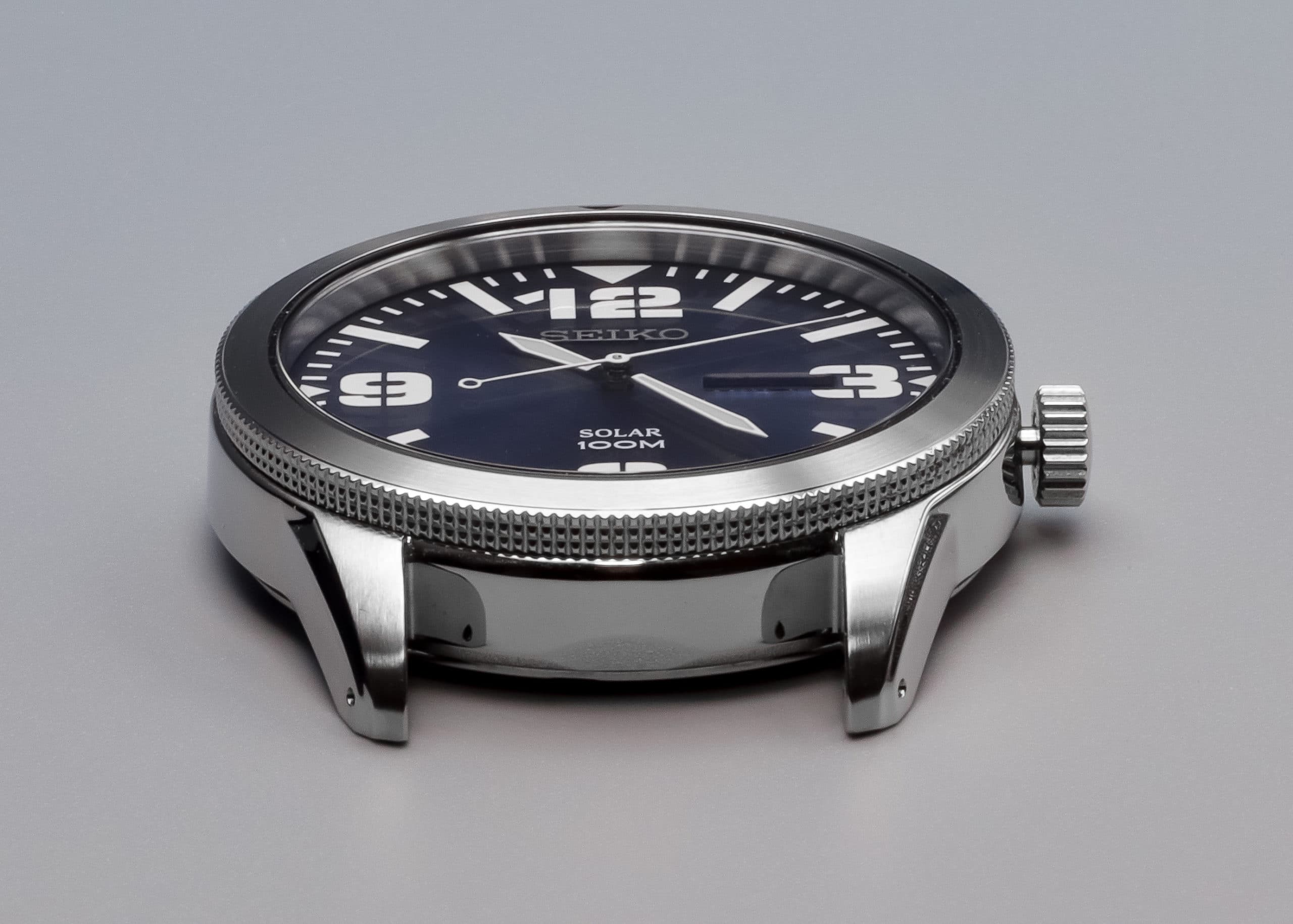

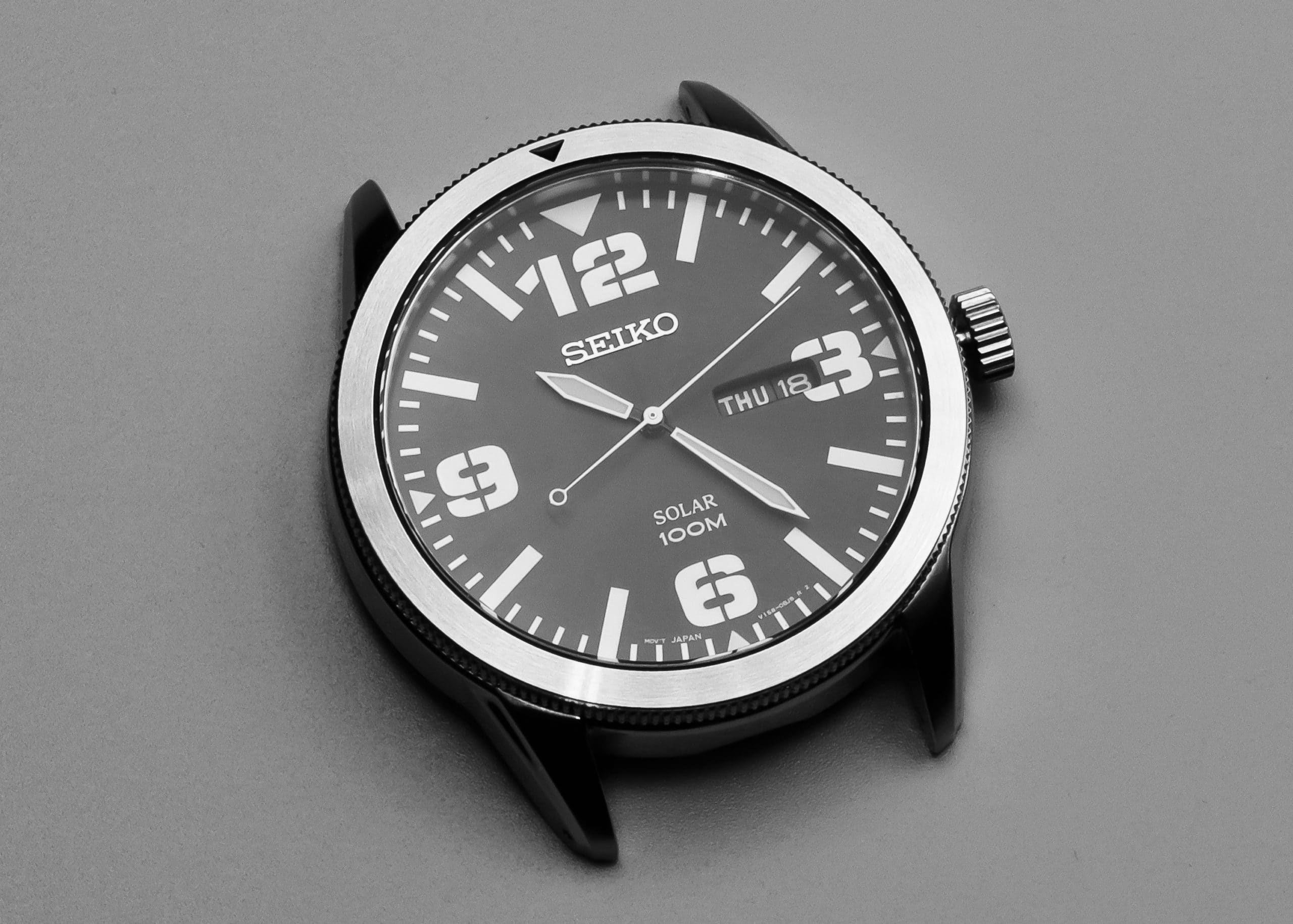
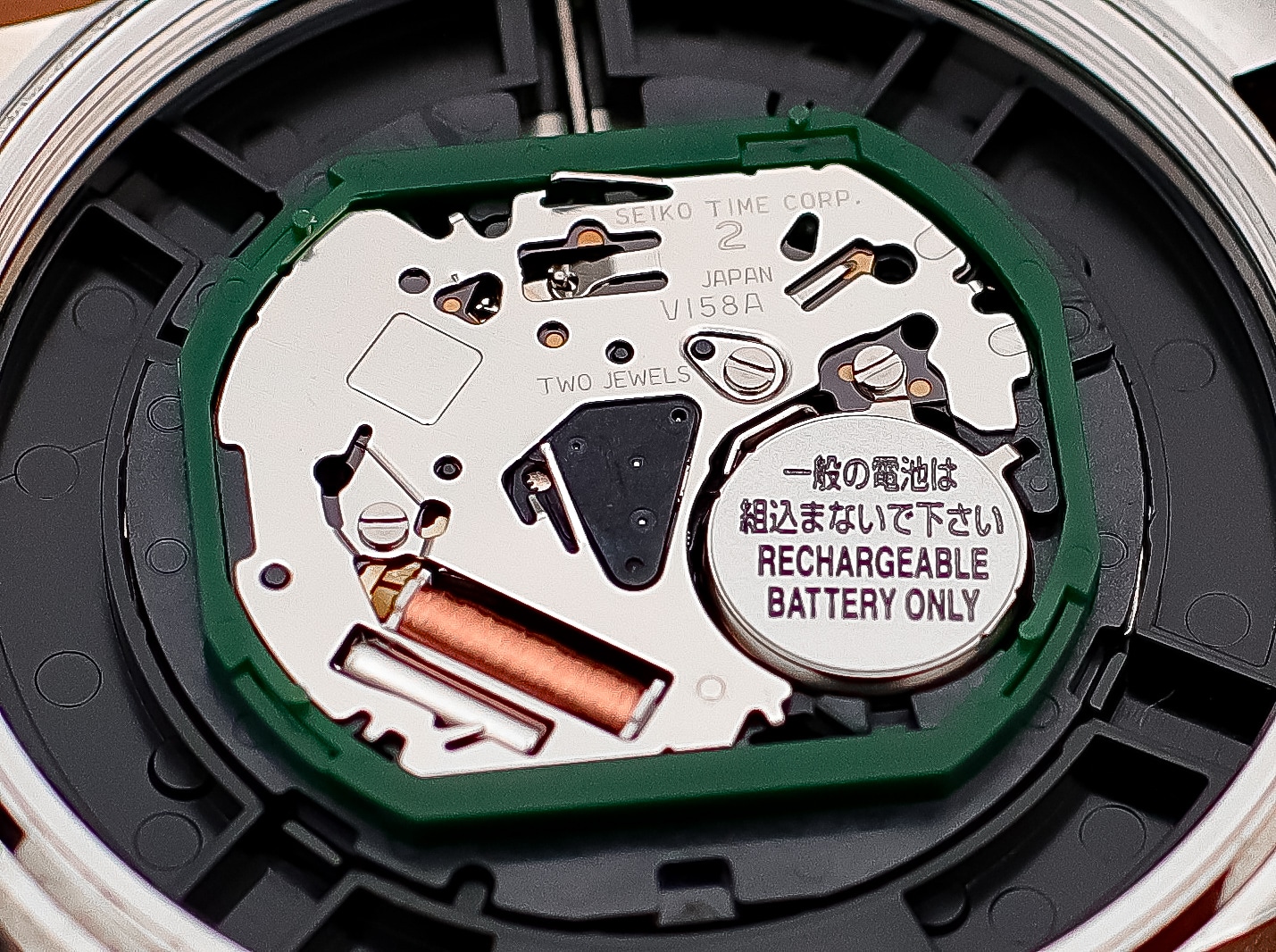

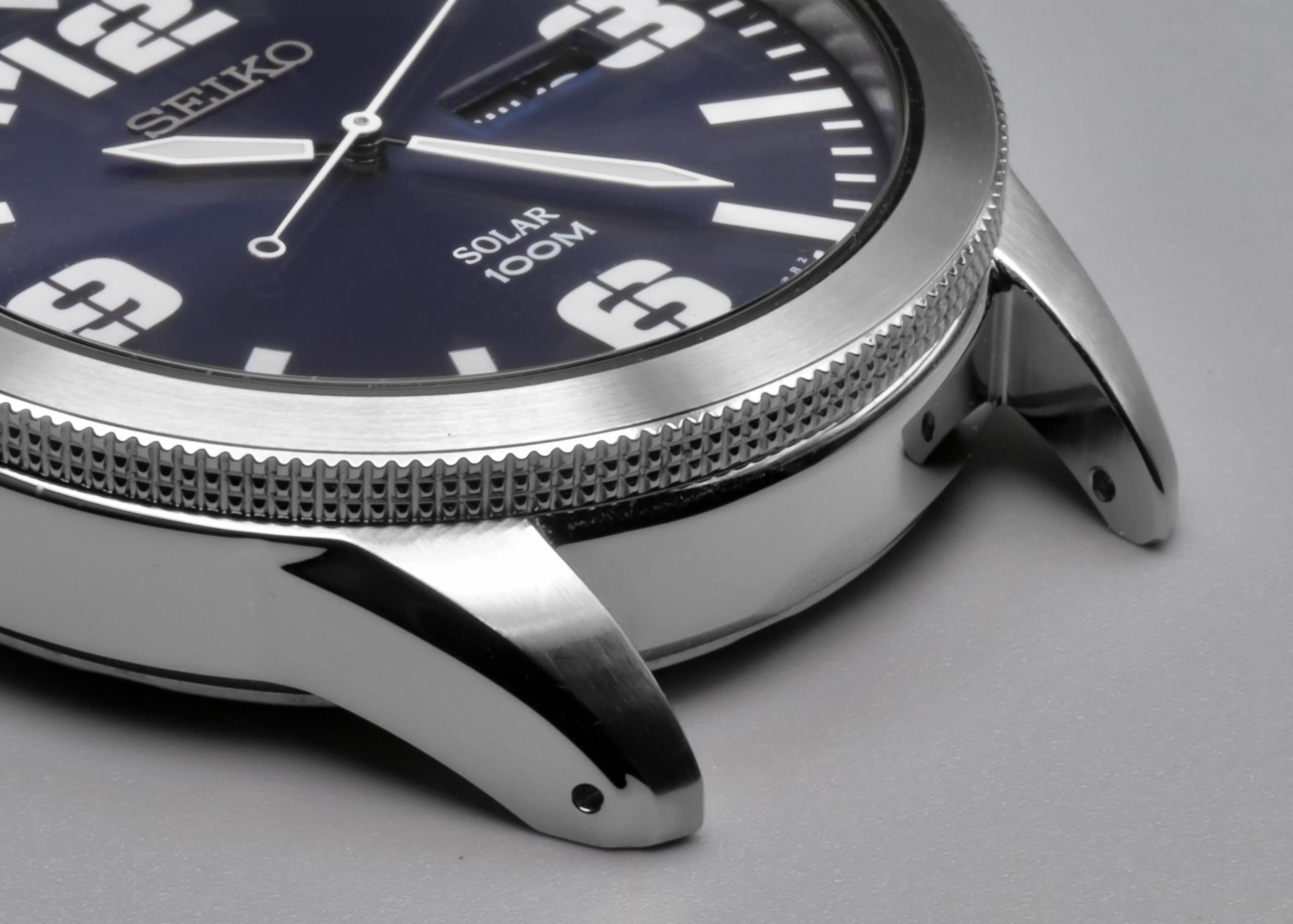

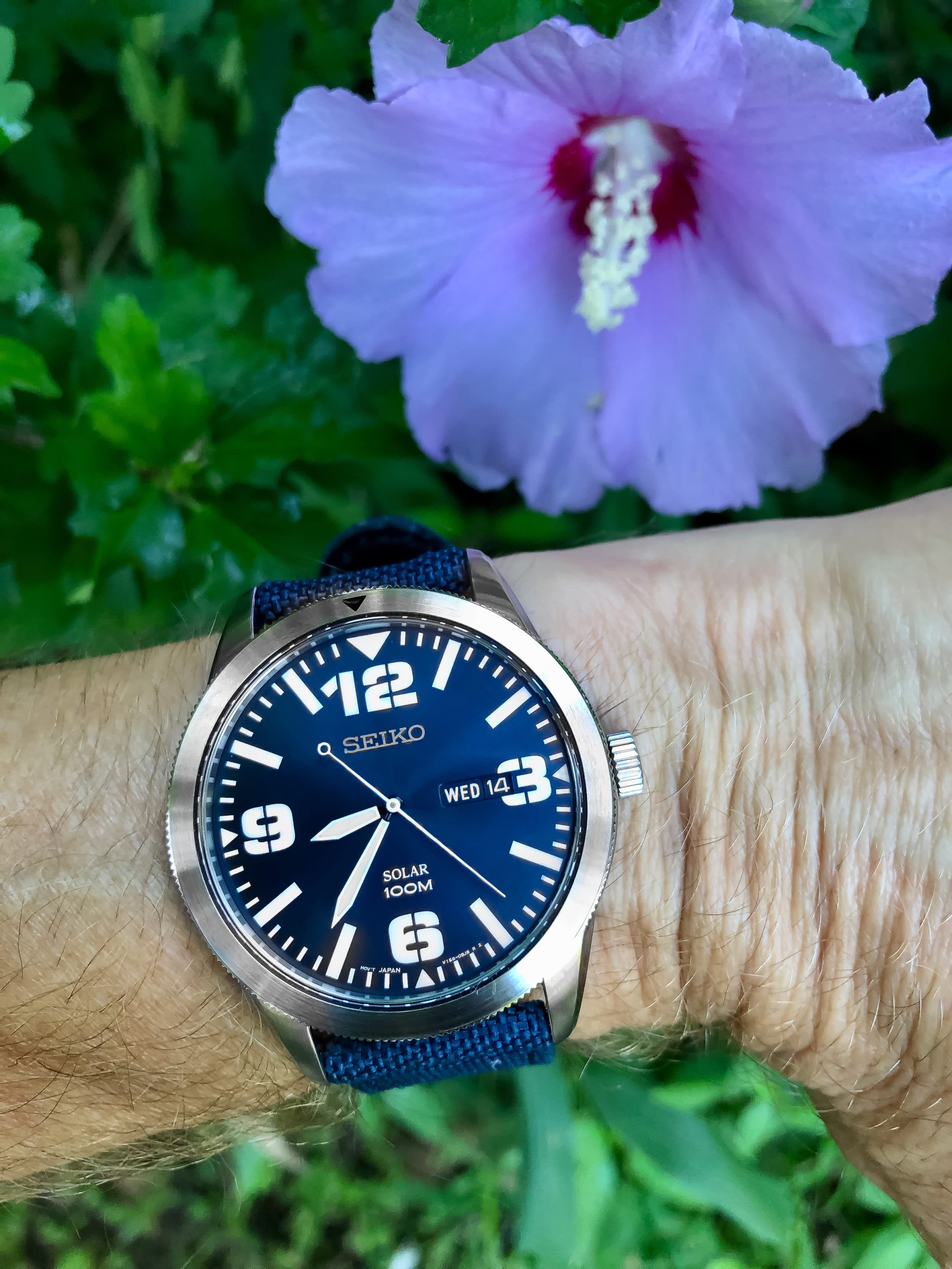
How can any watch review that starts off with a T-Rex reference be anything other than awesome? Love it!
Thanks Skip! Glad you liked it.
Mark, exactly which replacement buckle did you get from archer for the Seiko SNE329, please?
Hi Larry, I think this is the one: https://www.archerwatchstraps.com/products/stainless-steel-buckle-brushed
I bought the black version which in my option is much more good looking.